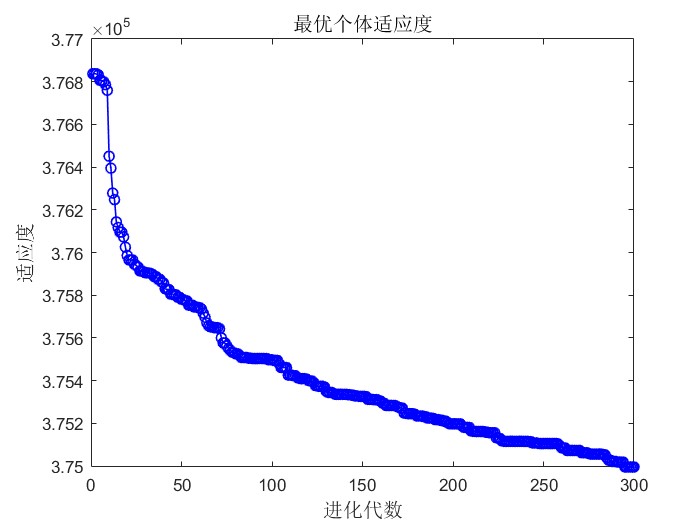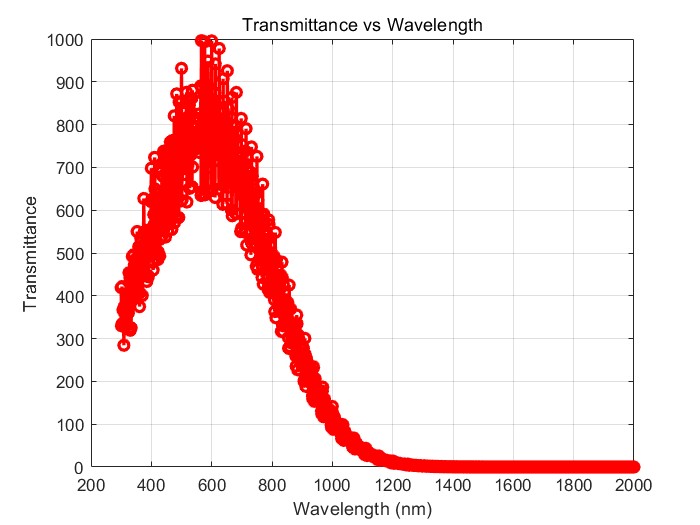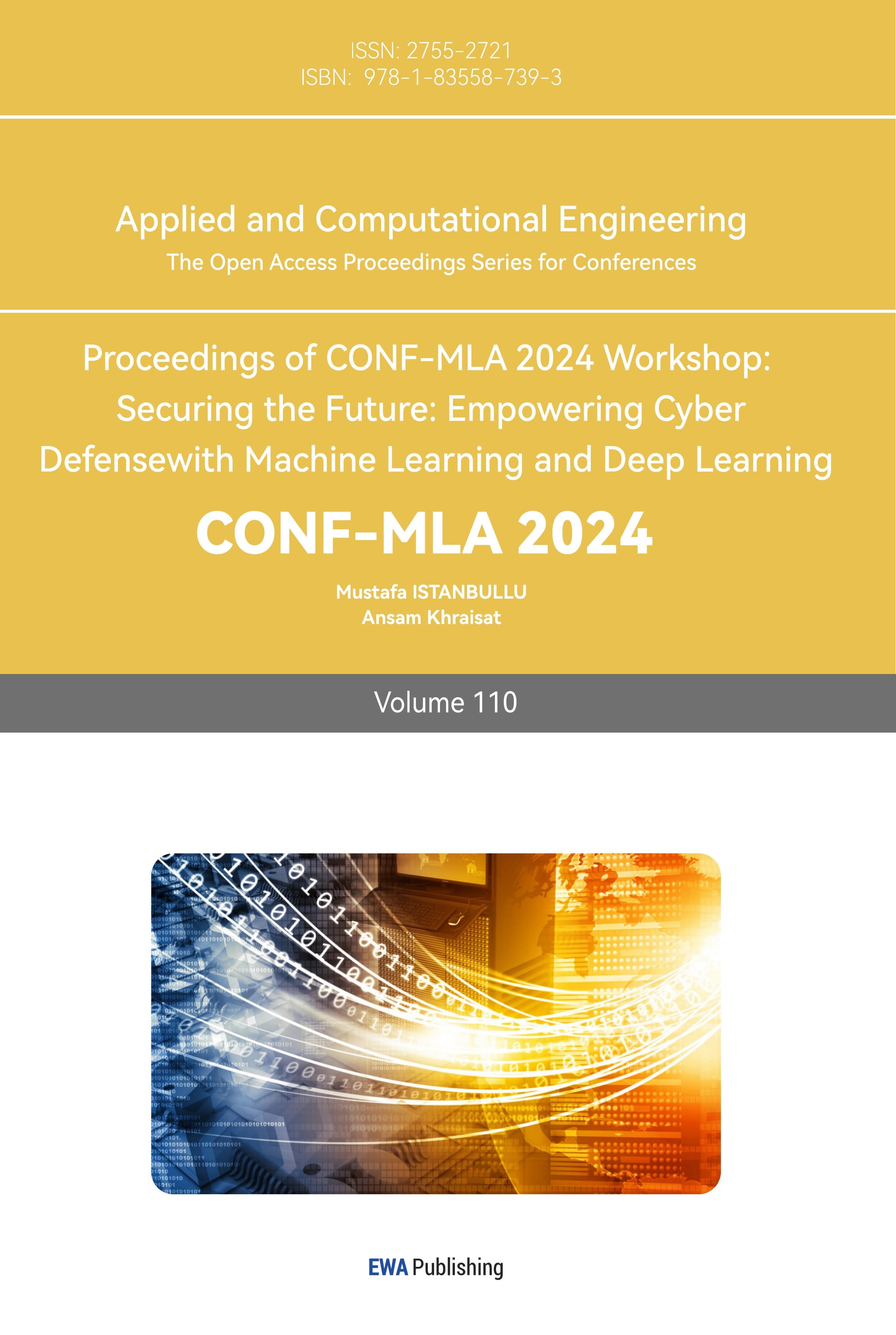1. Introduction
The growing concern over global climate change and rising temperatures, particularly in southern regions of China, has made the development of energy-efficient building designs increasingly essential. As buildings act as major contributors to overall energy consumption, optimizing their components, such as windows, becomes crucial in mitigating heat gain and enhancing thermal comfort. Windows, serving as the interface between the interior and exterior environments, play a pivotal role in regulating indoor temperature by controlling the transmission of solar radiation. Traditional single-glazed windows have limited capabilities in this regard, prompting the need for advanced designs that can effectively reduce solar heat gain and improve the energy efficiency of buildings [1,2].
In recent years, significant advancements have been made in the design of multilayer glazing systems to enhance heat control and energy savings. Research has highlighted the benefits of multilayer films, with studies such as those by Lai demonstrating improvements in optical constants and stability of these films, which maximize reflectance and minimize solar gain [3]. Chen's work on dynamically tunable membrane materials has shown potential for smart windows that adjust solar heat gain, thereby optimizing indoor comfort and reducing energy usage [4]. Similarly, Zhong and Pan have explored novel materials and design modifications that improve thermal insulation and energy efficiency in buildings, underscoring the importance of tailored window designs [5,6]. However, while the benefits of multilayer glass are well recognized, challenges remain in precisely optimizing glass thickness to achieve the best balance between light transmission and thermal control.
This study aims to address these challenges by employing Particle Swarm Optimization (PSO) to optimize the thickness of triple-glazed windows, focusing on minimizing sunlight transmission within the wavelength range of 300-2000 nm. The research builds on existing literature by integrating an advanced optimization technique to enhance the performance of multilayer glass. The paper first introduces the basic principles of the PSO algorithm, followed by the development of a comprehensive optimization model. Finally, practical applications of PSO in adjusting glass thickness are demonstrated, providing insights into how this approach can effectively reduce indoor heat gain while maintaining optimal lighting conditions [7-9].
2. Particle swarm optimization algorithm overview
Particle Swarm Optimization (PSO) is an optimization algorithm based on swarm intelligence, which mimics the social behavior in the foraging behavior of birds, and uses particle swarms to search in the solution space [7]. Each particle represents a potential solution, and by adjusting its position and velocity, the optimal solution is progressively approximated.
3. Model establishment
The transmittance of known sunlight perpendicular incident from air to a single layer of glass is calculated:
\( T=\frac{{I_{t}}}{{I_{i}}}=\frac{(1-R{)^{2}}}{(1-R{)^{2}}+4R{sin^{2}}(kL)} \) (1)
Where: incident light intensity, Ii, reflectivity, R, wave number " k".
\( \begin{matrix} & {I_{i}}=\frac{1000}{[(λ-580{)^{2}}+1]} \\ & R={(\frac{n-{n_{0}}}{n+{n_{0}}})^{2}} \\ & k=\frac{2πn}{λ} \\ \end{matrix} \) (2)

Figure 1. Triple glazed model (Photo credit: Original).
As show in the figure 1. The glazing has three layers, each with a thickness of L1, L2 and L3. The wavelength of sunlight ranges from 300-2000 nanometers. The thickness of each layer of glass is between 1 and 10 mm. In the particle swarm algorithm, the velocity and position of the particles need to conform to the physically allowable thickness range [8]. The particle swarm algorithm implementation is divided into four parts: initialization, evaluation, update speed and position, and iteration, where initialization is to randomly generate a set of particles, each representing a solution [9]. The fitness of each particle is then calculated, and the velocity and position are updated based on the particle's historical best position and global best position. Repeat the evaluation and update process until the termination conditions are met [10].
4. Results and discussion

Figure 2. Fitness change curve (Photo credit: Original).

Figure 3. Spectral distribution map (Photo credit: Original).
As show in the figure 2 and 3. The optimal thickness combinations are obtained by 300 iterations of the particle swarm optimization algorithm, which are L1=0.0099, L2=0.0099, and L3=0.0038, and the transmitted light energy reaches the minimum value of 374720.
The research shows that the thickness design of glass windows has a significant impact on the indoor light environment, and the selection of thickness needs to consider the optical properties of the material and the specific scenarios of architectural use. In addition, it is worth noting that increasing the thickness of the glass can increase the proportion of reflected light and reduce the transmitted light, but too thick may lead to insufficient light and affect indoor lighting, so it is necessary to strike a balance between light transmission and shading. Different materials of the same thickness will have significantly different incident light energies, so it is important to choose the right material. The PSO finds the best solution in continuous iteration, but its convergence and the diversity of the solution are closely related to the parameter setting, which is worthy of further optimization in practical application.
5. Conclusion
This study presents a novel approach to optimizing the thickness of triple-glazed windows using Particle Swarm Optimization (PSO) to minimize sunlight transmission within the 300-2000 nm wavelength range. By constructing a multilayer glass model that accounts for light transmission, reflection, and absorption, the research demonstrates how PSO can effectively identify optimal thickness configurations that significantly reduce indoor heat gain compared to traditional window designs. The findings emphasize the critical role of glass thickness and material selection in enhancing energy efficiency and occupant comfort in buildings, offering a scientific foundation for sustainable window design. Future research should explore the integration of more complex models that incorporate varying weather conditions, seasonal changes, and dynamic performance metrics of glass materials to further refine the optimization process. Additionally, expanding the scope to include other influencing factors such as cost, durability, and environmental impact of materials would provide a more comprehensive framework for real-world applications. Advancements in the algorithm, such as adaptive PSO parameters and hybrid optimization techniques, could further enhance solution accuracy and convergence speed, ensuring the model's robustness and adaptability across diverse climatic conditions and architectural requirements.
References
[1]. Mahmoud, A. H. K., de Rossi, S., Meltchakov, E., Capitanio, B., Thomasset, M., Vallet, M., & Delmotte, F. (2023). Experimental study and modeling of extreme ultraviolet 4000 lines/mm diffraction gratings coated with periodic and aperiodic Al/Mo/SiC multilayers. Applied optics, 63(1), 30-41.
[2]. Qi, R., Wu, J., Yu, J., He, C., Jiang, L., Yu, Y., ... & Wang, Z. (2023). Narrowband EUV Sc/Si Multilayer for the Solar Upper Transition Region Imager at 46.5 nm. Research in Astronomy and Astrophysics, 23(10), 105002.
[3]. Zhang, Y., Zhao, H., Zhu, X., Zhao, Z., & Zuo, J. (2019). Strain Measurement Quantization Technology based on DAS System. In Proceedings of the 2019 IEEE 3rd Advanced Information Management, Communicates, Electronic and Automation Control Conference (IMCEC) (pp. 214-218). IEEE.
[4]. Zhao, Z., Peng, Y., Zhu, X., Wei, X., Wang, X., & Zuo, J. (2020). Research on Prediction of Electricity Consumption in Smart Parks Based on Multiple Linear Regression. In Proceedings of the 2020 IEEE 9th Joint International Information Technology and Artificial Intelligence Conference (ITAIC) (pp. 812-816). IEEE.
[5]. Xu, H., Zhu, X., Zhao, Z., Wei, X., Wang, X., & Zuo, J. (2020). Research of Pipeline Leak Detection Technology and Application Prospect of Petrochemical Wharf. In Proceedings of the 2020 IEEE 9th Joint International Information Technology and Artificial Intelligence Conference (ITAIC) (pp. 263-271). IEEE.
[6]. Zhu, X., Zhao, Z., Wei, X., Wang, X., & Zuo, J. (2021). Action Recognition Method Based on Wavelet Transform and Neural Network in Wireless Network. In Proceedings of the 2021 5th International Conference on Digital Signal Processing (pp. 60-65). IEEE.
[7]. Askari, E., Flores, P., & Silva, F. (2018). A particle swarm-based algorithm for optimization of multi-layered and graded dental ceramics. In Proceedings of the IEEE Conference on Computer Vision and Pattern Recognition (pp. 7074-7082).
[8]. Jiao, J., Ghoreishi, S.-M., Moradi, Z., & Oslub, K. (2021). Coupled particle swarm optimization method with genetic algorithm for the static–dynamic performance of the magneto-electro-elastic nanosystem. In Proceedings of the IEEE Conference on Computer Vision and Pattern Recognition (pp. 7074-7082).
[9]. Karami, M. R., Jaleh, B., Eslamipanah, M., Nasri, A., & Rhee, K. Y. (2023). Design and optimization of a TiO2/RGO-supported epoxy multilayer microwave absorber by the modified local best particle swarm optimization algorithm. In Proceedings of the IEEE Conference on Computer Vision and Pattern Recognition (pp. 7074-7082).
[10]. Wang, R., Zhu, J., Wang, S., Wang, T., Huang, J., & Zhu, X. (2024). Multi-modal Emotion Recognition Using Tensor Decomposition Fusion and Self-supervised Multi-tasking. International Journal of Multimedia Information Retrieval, 13(4), 39.
Cite this article
Cui,Y. (2024). Energy Transmission Optimization in Multilayer Glass Models Using Particle Swarm Optimization. Applied and Computational Engineering,110,1-5.
Data availability
The datasets used and/or analyzed during the current study will be available from the authors upon reasonable request.
Disclaimer/Publisher's Note
The statements, opinions and data contained in all publications are solely those of the individual author(s) and contributor(s) and not of EWA Publishing and/or the editor(s). EWA Publishing and/or the editor(s) disclaim responsibility for any injury to people or property resulting from any ideas, methods, instructions or products referred to in the content.
About volume
Volume title: Proceedings of CONF-MLA 2024 Workshop: Securing the Future: Empowering Cyber Defense with Machine Learning and Deep Learning
© 2024 by the author(s). Licensee EWA Publishing, Oxford, UK. This article is an open access article distributed under the terms and
conditions of the Creative Commons Attribution (CC BY) license. Authors who
publish this series agree to the following terms:
1. Authors retain copyright and grant the series right of first publication with the work simultaneously licensed under a Creative Commons
Attribution License that allows others to share the work with an acknowledgment of the work's authorship and initial publication in this
series.
2. Authors are able to enter into separate, additional contractual arrangements for the non-exclusive distribution of the series's published
version of the work (e.g., post it to an institutional repository or publish it in a book), with an acknowledgment of its initial
publication in this series.
3. Authors are permitted and encouraged to post their work online (e.g., in institutional repositories or on their website) prior to and
during the submission process, as it can lead to productive exchanges, as well as earlier and greater citation of published work (See
Open access policy for details).
References
[1]. Mahmoud, A. H. K., de Rossi, S., Meltchakov, E., Capitanio, B., Thomasset, M., Vallet, M., & Delmotte, F. (2023). Experimental study and modeling of extreme ultraviolet 4000 lines/mm diffraction gratings coated with periodic and aperiodic Al/Mo/SiC multilayers. Applied optics, 63(1), 30-41.
[2]. Qi, R., Wu, J., Yu, J., He, C., Jiang, L., Yu, Y., ... & Wang, Z. (2023). Narrowband EUV Sc/Si Multilayer for the Solar Upper Transition Region Imager at 46.5 nm. Research in Astronomy and Astrophysics, 23(10), 105002.
[3]. Zhang, Y., Zhao, H., Zhu, X., Zhao, Z., & Zuo, J. (2019). Strain Measurement Quantization Technology based on DAS System. In Proceedings of the 2019 IEEE 3rd Advanced Information Management, Communicates, Electronic and Automation Control Conference (IMCEC) (pp. 214-218). IEEE.
[4]. Zhao, Z., Peng, Y., Zhu, X., Wei, X., Wang, X., & Zuo, J. (2020). Research on Prediction of Electricity Consumption in Smart Parks Based on Multiple Linear Regression. In Proceedings of the 2020 IEEE 9th Joint International Information Technology and Artificial Intelligence Conference (ITAIC) (pp. 812-816). IEEE.
[5]. Xu, H., Zhu, X., Zhao, Z., Wei, X., Wang, X., & Zuo, J. (2020). Research of Pipeline Leak Detection Technology and Application Prospect of Petrochemical Wharf. In Proceedings of the 2020 IEEE 9th Joint International Information Technology and Artificial Intelligence Conference (ITAIC) (pp. 263-271). IEEE.
[6]. Zhu, X., Zhao, Z., Wei, X., Wang, X., & Zuo, J. (2021). Action Recognition Method Based on Wavelet Transform and Neural Network in Wireless Network. In Proceedings of the 2021 5th International Conference on Digital Signal Processing (pp. 60-65). IEEE.
[7]. Askari, E., Flores, P., & Silva, F. (2018). A particle swarm-based algorithm for optimization of multi-layered and graded dental ceramics. In Proceedings of the IEEE Conference on Computer Vision and Pattern Recognition (pp. 7074-7082).
[8]. Jiao, J., Ghoreishi, S.-M., Moradi, Z., & Oslub, K. (2021). Coupled particle swarm optimization method with genetic algorithm for the static–dynamic performance of the magneto-electro-elastic nanosystem. In Proceedings of the IEEE Conference on Computer Vision and Pattern Recognition (pp. 7074-7082).
[9]. Karami, M. R., Jaleh, B., Eslamipanah, M., Nasri, A., & Rhee, K. Y. (2023). Design and optimization of a TiO2/RGO-supported epoxy multilayer microwave absorber by the modified local best particle swarm optimization algorithm. In Proceedings of the IEEE Conference on Computer Vision and Pattern Recognition (pp. 7074-7082).
[10]. Wang, R., Zhu, J., Wang, S., Wang, T., Huang, J., & Zhu, X. (2024). Multi-modal Emotion Recognition Using Tensor Decomposition Fusion and Self-supervised Multi-tasking. International Journal of Multimedia Information Retrieval, 13(4), 39.









